Using Tube Lenses with Infinity Corrected Objectives
This is Section 9.2 of the Imaging Resource Guide.
In order to create an image with an infinity-corrected objective, a tube lens must be used to focus the image. One advantage to using an infinity-corrected objective with a tube lens is that there can be a space between the objective and tube lens. The space allows additional optical components to be inserted into the system, such as optical filters or beamsplitters. The distance between an infinity-corrected objective and the tube lens (L) can be varied from the recommended or optimal, but this will affect the image field diameter ($ \varnothing $). Equations 1 and 2 are approximation formulas to determine the relation between ($ \varnothing $) and L.
where $ \small{\varnothing _1} $ is exit pupil of the objective, $ \small{f_1} $ is focal length of the objective, and NA is the numerical aperture of the objective.
Where L is the distance between the objective and the tube lens, $ \small{\varnothing _2} $ is entrance pupil of the tube lens, $ \small{f_2} $ is focal length of the tube lens, and $ \small{\varnothing } $ is the image field diameter.
Application Example:
Using an M Plan APO 10X objective (#46-144), MT-1 tube lens (#54-774), and a 2/3” sensor camera, what is the maximum spacing between the tube lens and objective without vignetting? The focal length of the objective ($ \small{f_1} $) is 20mm and NA is 0.28, so the exit pupil diameter can be calculated:
A 2/3” image sensor features an 11mm diagonal, therefore $ \varnothing $ needs to be at least 11mm. The focal length of the MT-1 tube lens is 200mm and the entrance pupil diameter is 24mm. Therefore,
As long as the spacing between the tube lens and objective is less than 232.7mm, there will be no vignetting.













 Previous Section
Previous Section 
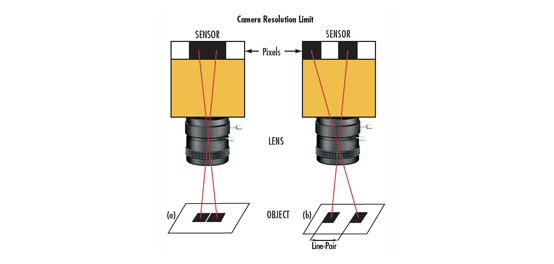
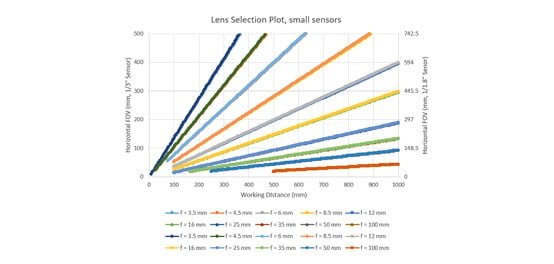
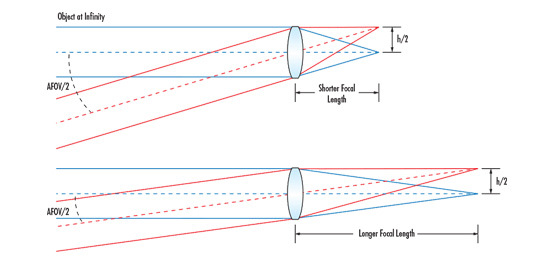
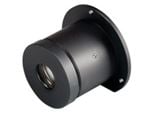
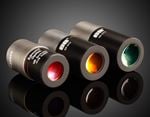
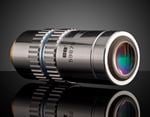
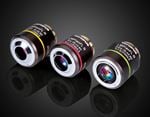
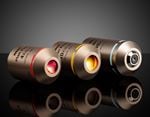
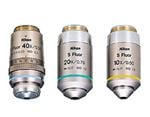
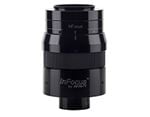
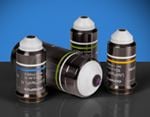

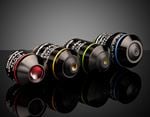
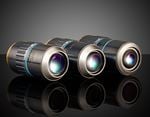
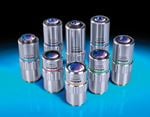
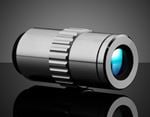
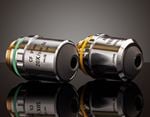
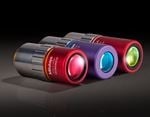
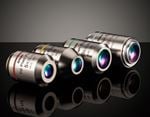
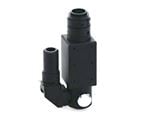
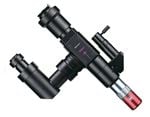
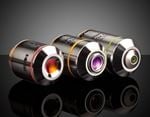
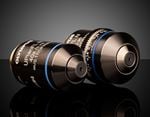
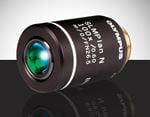
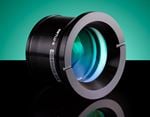
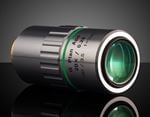
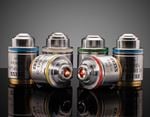
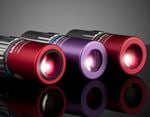
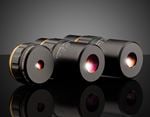
or view regional numbers
QUOTE TOOL
enter stock numbers to begin
Copyright 2023 | Edmund Optics, Ltd Unit 1, Opus Avenue, Nether Poppleton, York, YO26 6BL, UK
California Consumer Privacy Acts (CCPA): Do Not Sell or Share My Personal Information
California Transparency in Supply Chains Act